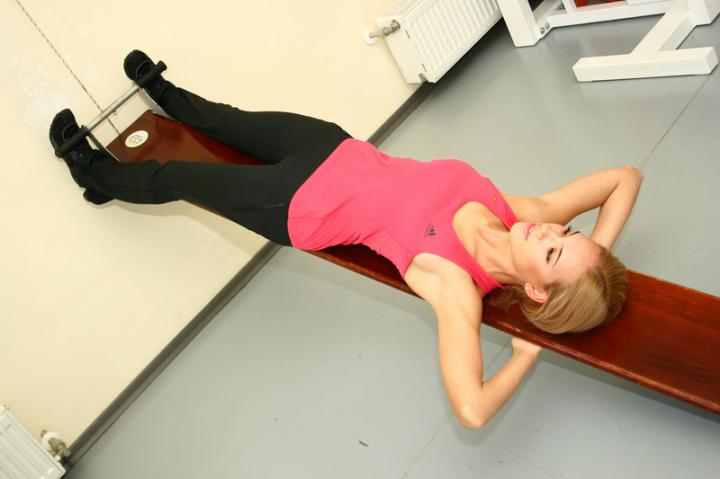
|
![]() DoctorHelps
|
Spinal Injury Medicine
DoctorHelps
|
Spinal Injury Medicine
A large number of people suffer from back problems or aches or pinched nerve in the neck and other back related issues; it is the most common reason why Americans take off from work. While the pain is most likely to leave by itself within a matter of a few days, going for some treatment is sure to enable the patient to find relief while speeding up the healing process. One of the treatments most commonly administered for a sore back is traction therapy, and the specific implement of the same is known as spinal traction.
Mechanism of Spine Traction:
Spinal adhesion works by reversing the force of gravity, and simply takes the pressure off the compressed discs, so that the body can relax. And a major advantage of going for this cure is that as it straightens up the spine, it greatly enhances the body's ability to heal itself.
Who can benefit from it?
Anyone who is ailing with degenerative disc disease, sciatica, slipped discs, herniated discs, foramina steno-sis, bone spurs, or maybe something as simple as a pinched nerve in the neck or back can benefit greatly from it.
This amazing health benefit may be performed manually or mechanically. While applying manual therapy, a therapist applies force on the joints and muscles by using his hands, and this widens the space between vertebrae. Similarly, mechanical traction often involves the use of inversion tables, or even traction devices. And one of the best parts about using spinal traction is that it ensures consistent relief for a vast majority of patients.
While decompressed joints, proper spinal alignment and pain relief are outcomes of spinal decompression, the therapy stretches bones and muscles in the back to enable them to counter effects of gravity. And this can greatly influence the way a patient feels all through the day.
Science of Spinal propulsion
Spinal pain is broadly classified as lumbar traction and cervical traction, wherein the cervical traction is the traction of spine towards the neck, while lumbar traction is the traction of lower or middle spine. Force is required to be applied while performing traction because the spine is a vascular structure, which means that it is without blood vessels; so it does not receive a supply of oxygen with every beat of the heart. For restoration and nutrition, it requires diffusion, which is created by motion, and decompression, which can be administered manually or mechanically.
By applying mechanical force to provide traction, the space between the vertebrae opens up, and this simply provides more room for the nerves. Hence, as the spine is stretched and more space is created between the vertebrae, one is able to get over any underlying conditions like a pinched nerve in the neck. Spine traction also ensures a proper posture for the spine. We are under the effect of gravity at all times, and this causes the vertebrae to compress. But by providing spinal traction, the spine is decompressed, and one can overcome the effects of gravity temporarily, while overcoming pain and simultaneously healing any underlying conditions. With spinal traction, the spine moves closer towards normal functioning and heals itself towards recovery.
Leave a Comment